Menu
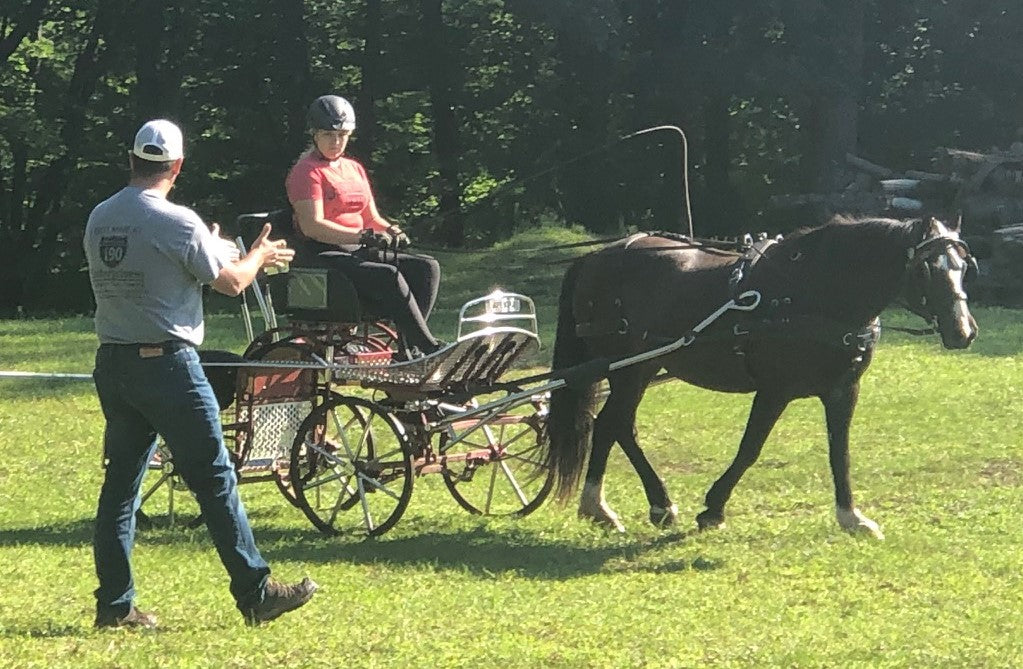
Mistakes New Carriage Show Competitors Make
We coach quite a few new carriage drivers. Many of our students have been driving for quite some time either recreationally or in open or breed shows. Since we have been competing in carriage shows for quite a while, I can usually give the new driver a pretty good idea on what to expect as far as their placement in a class/show depending on their level of driving, the experience of their horse, and the quality of their turnout compared to the expected competition. I do my student no favors in telling them that they will do really well and then have them be disappointed if that doesn’t happen. If they do happen to do really well, they are then elated. Here are some mistakes I see new competitors make who unfortunately don’t have that type of coaching.
- Enter a carriage show when they have never been to one to watch. The new competitor may have seen photos or videos and decide “I can do that!” That may actually be true in some cases, but they don’t have an idea of what to expect outside of the show ring. When you spectate at a show, you can watch where the drivers go to warm up and wait for classes. You can (usually) go back to the barn to watch how the competitors prepare. You can see how the competitors park around the barns. All of this is super helpful when you go to your first show.
- Don’t read the rulebook. Every sport has rules. When you get the entry information, usually called a Prize List for a carriage show, it will state what organization by which that show is sanctioned or recognized. (By the way, American Driving Society RECOGNIZES shows, not sanctions them.) Find the rulebook for that organization. You don’t have to read the entire rulebook, just the General Rules pages and the rules for the types of shows/classes in which you are entering. Most rulebooks are online now and available for free to download. There may be some cost involved if you want a paper copy, as they are not cheap to print. There really is no excuse for the new competitor to say “I didn’t know that” when it is written in the rules.
- Don’t read the Prize List. Some shows have their own rules which are not appropriate for inclusion in the organization’s rulebook. They may be rules like “don’t drive golf carts on the lawn” (and now you also just found out that competitors can use golf carts to get around!). There is probably information in there about the venue itself and what to expect for stabling, parking, safety, etc. Read the whole thing.
- Complain about the cost of the show. Most carriage shows survive on sponsorships and just barely cover their costs. I know of some show organizers who basically have had to stand in front of the competitors and admit that they haven’t made enough to stay in the black, only to have anonymous donors come forward and save the budget so the show can continue the next year.
- Complain about the clothing requirements. Every sport has their traditions and requirements. If you are going to play golf, you need a collared shirt, and the higher levels require dress slacks and not shorts. Almost all equestrian riding disciplines require boots and headwear. Hunt Seat and Saddle Seat riding have very specialized clothing requirements! You’ll never see a rodeo rider in a pair of breeches or sweatpants. Carriage Driving requires brown gloves, an apron, and headwear. It is tradition just like in the other riding disciplines. And those traditions have logical reasons just like most carriage driving rules.
- Complain about the equipment requirements. Again, every sport has requirements and the equipment required is found to be the most logical and safe for that sport. You don’t see serious jumpers using western saddles, or they would get the horn in less than ideal locations on their body, while ropers obviously need that horn! Some vehicles and harnesses are just not appropriate for what we ask of our carriage horses at competitions. There are some lower-level shows that might allow your breed show harness without breeching, and actually breeching or blinkers are not required in the ADS rulebook for Pleasure Driving shows. However, most drivers who have been doing this a while, including judges, know that breeching is the most effective form of non-mechanical braking. Harness without breeching is fine for driving on the flat with very little starting and stopping. Once you get into the obstacle driving included in most carriage driving shows, it is less effective. (This is a whole other article.)
- Try to create a new trend. Thomas Jefferson said, “In matters of style, swim with the current; in matters of principle, stand like a rock.” You may not like that carriage drivers avoid bling like the plague, but as a new competitor, fitting in is going to go a lot farther initially than standing out like a sore thumb. This is where going to the show ahead of time can really help you visualize what is appropriate. The larger, more competitive shows usually have a show photographer who takes photos of all the competitors. Compare the photos to the results, especially in the Turnout class if you want to know what to wear. Also be advised, though, that some drivers including myself wear something different depending on the class. I might wear something more bold for Reinsmanship that I would never wear for Turnout. I’ve seen new drivers try to add accoutrements to their turnout to give it a more “western” flavor, but carriage driving was rooted in Europe, so while it may be fun, it is just out of place. If you do try to add something new when you are just starting out, other people just can’t help but to look at you funny. It’s human nature in any circumstance. Also, usually the judge doesn’t know what to do with you. They want to be helpful and supportive because they know you are new, but feel they have to break it to you as to why you look out of place, which leads us to the next point…
- Take suggestions and help negatively. When we went to our first carriage driving show, we technically had our breed show turnout with our mini. We finally had the required wooden wheels (there’s a reason for that as well) and were quite excited to be there. One of the first interactions we had was with the competitor parked next to us who told us that the running martingale we had on the harness wasn’t allowed. Thank goodness he told us that, or we would have been eliminated! (Apparently, I missed that in the rulebook…) So we took that off. He also suggested we remove the side check rein, too, but said that it technically was allowed, so we decided to leave it so as not to make too many changes at the show. (I will have a story in another post about our check rein disaster…and why it was taken off later at that show.) Most people who talk to you about your turnout at a carriage show really are trying to be helpful. I know that may not be the case at other types of equine events where some competitors have been known to try to sabotage other competitors, and if that has been your experience, welcome to the best community of horse people in the world! Take other carriage drivers' suggestions seriously. If you really want suggestions, ask around for that person who has been doing this a while and is known for being helpful and not snide. (Yes, unfortunately in the carriage driving world, there are a few people, just like in any sport, who are a little more uppity than other people.)
- Expect to win the first time out and get mad when they don’t. Just because you do well in the breed ring doesn’t mean that you will take the carriage ring by storm. Carriage Driving is not the same as Breed or Recreational Driving. Carriage judges are looking for something completely different than the breed ring judges are. A Western Pleasure competitor doesn’t expect to dominate a Reining class, and a Hunter Under Saddle competitor is going to be quite out of place in Eventing. Do some research on what is expected. Again, watching the shows ahead of time will help you prepare. Watch what wins, how they are driving, what they are wearing, what the horse is doing. Ask the competitors about the requirements. The rulebook isn’t enough to explain the nuances of the gaits, the subtleties in clothing, and the perfection in rein handling. This is where having a coach or at least taking some lessons can help immensely.
- Don’t research the level of competition at a given show. I highly suggest that new competitors start out at a lower-level carriage show even if it is farther away than a larger, more competitive one. This is beneficial for a couple of reasons. The lower level shows tend to have less competitors with more room in the arena. There is less traffic in which to negotiate. When you are new to the carriage ring, you have enough to think about than how to get around other turnouts instead of over them! With less competitors, you have a greater chance of placing, therefore increasing your confidence and fun. Let’s face it, we all like to place and are bummed when we are skunked. If you start out at a show where the competition is deep and determined, and you find yourself going home empty-handed, you are less likely to try again. The larger shows tend to have competitors who have been doing this a while so they have greater experience in both showing and strategizing, spent a lot more money over the course of their driving careers (most of us start out pretty simply and change and add to our turnouts as the years go on), and have their sights on the bigger awards. While I wouldn’t say that most experienced carriage drivers are cutthroat, we are competitive. Carriage Driving is one of the few sports where the amateurs can be in the same ring as the professionals, except in the case of Novice Driver classes (unless the professional is also new to the carriage ring). In what other sport does this happen? I don’t know of any. However, our sport is so small, that if we had classes for pros and non-pros, we wouldn’t have any competition at all in some cases! Until the sport grows, I don’t see that changing. Just keep working at it. I have placed higher than some pros and people who have been doing this longer than me, and it always feels like a great accomplishment even if I don’t win the class. I’ve even had my students beat me!
The absolute best way to start competing in carriage shows is to have an experienced coach! They can help you prepare properly for the shows, understand the rules, give suggestions on equipment and clothing, and even help you find those items. A good coach can help you enter the right competition, indicate you where you need to go once you get there, and get you ready on time, hopefully eliminating a lot of stress. A good coach can evaluate your performance and talk to you appropriately about what to do better next time (yes, even if you win).
If a coach isn’t an option, then offer to help another competitor at a show. This can be amazingly beneficial to help you know what to expect even before you make any financial investment. Ideally, you can help an experienced competitor, but even attending with a novice driver will help you get your foot in the door for better comprehending the expectations of good competition.
Learning how to compete is going to take some work on your part to find the right people to help you. Joining a local carriage driving club can be beneficial to help connect you with other competitive drivers. Some clubs have mentor programs. As was said before, be willing to take suggestions and guidance. I won’t take on a student who argues with me and thinks they already know it all. Let people know your goals so they can help you find the right person. Ask questions. Seek people out, and don’t wait for them to come to you. The Carriage Driving Community is the most helpful, supportive, friendly group in the equine industry. Come drive with us!
- Choosing a selection results in a full page refresh.

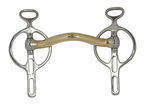

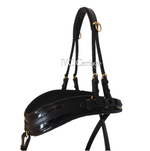
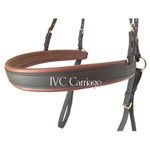
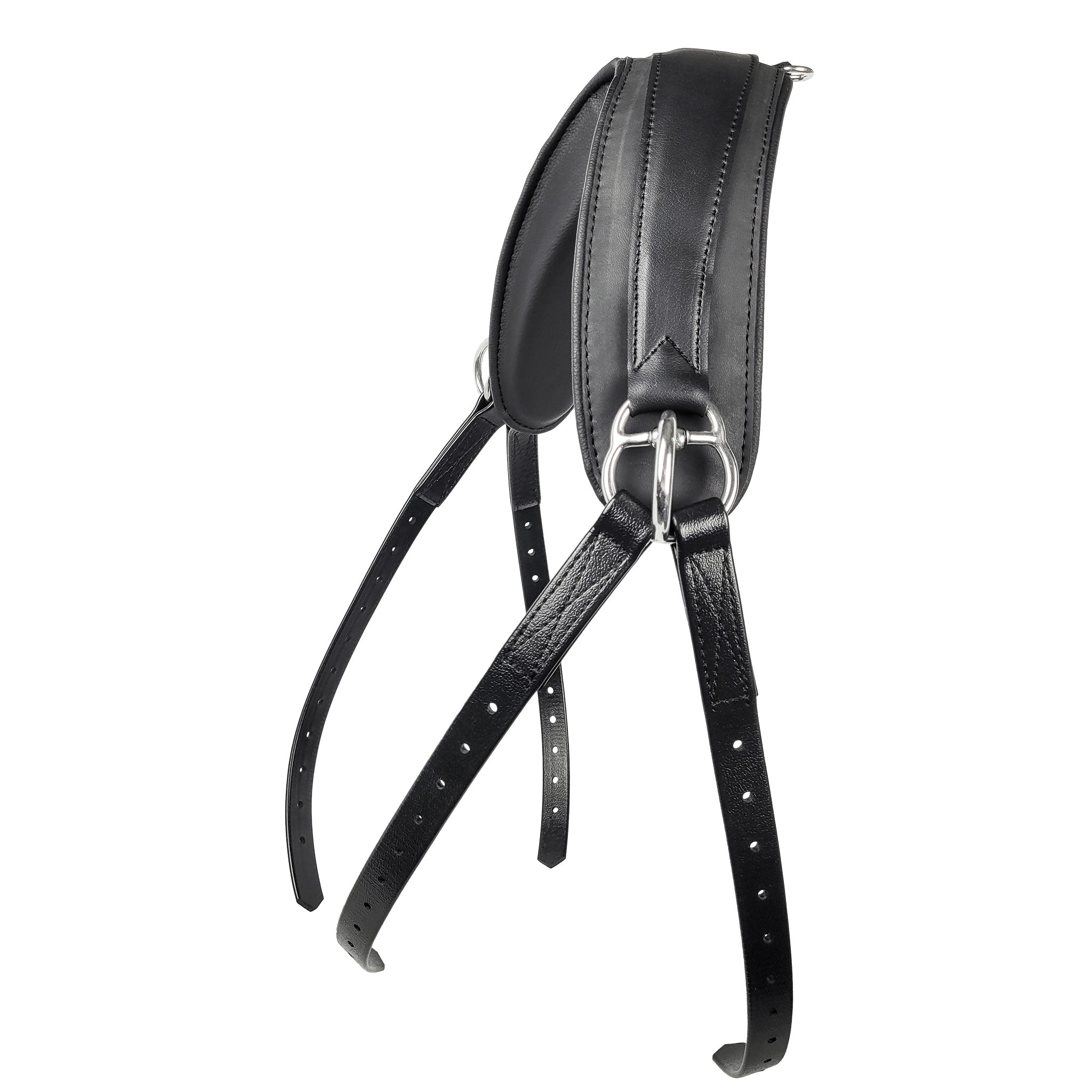
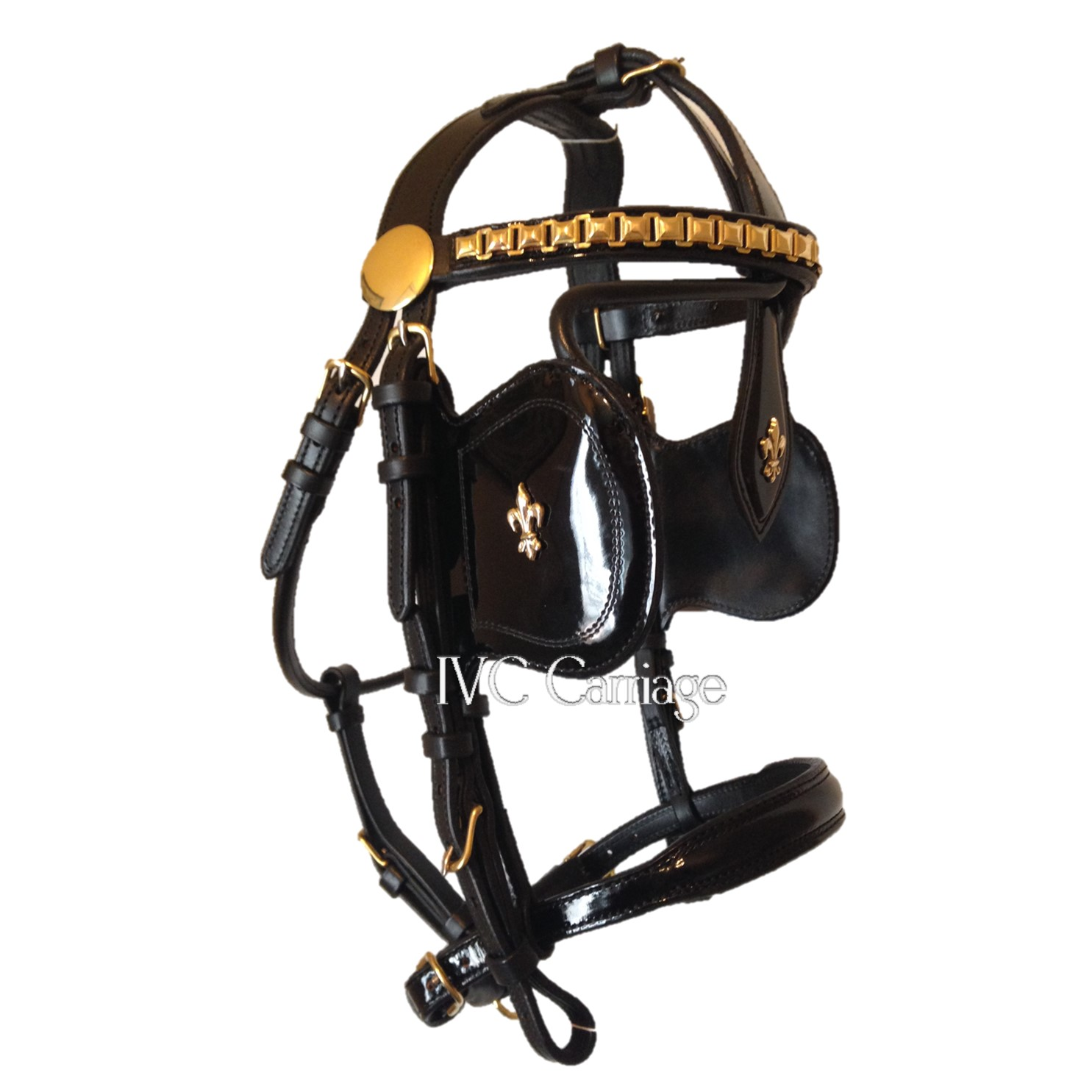
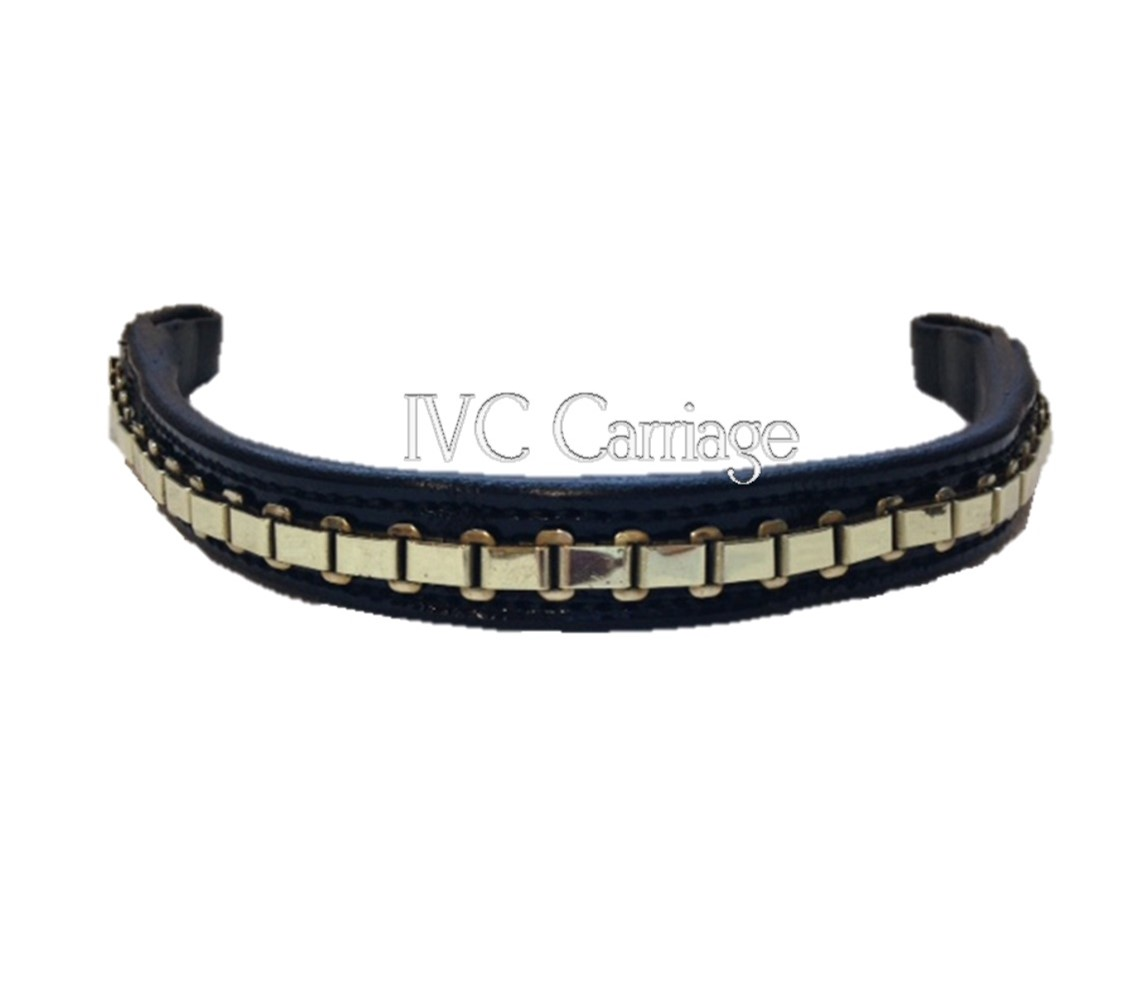
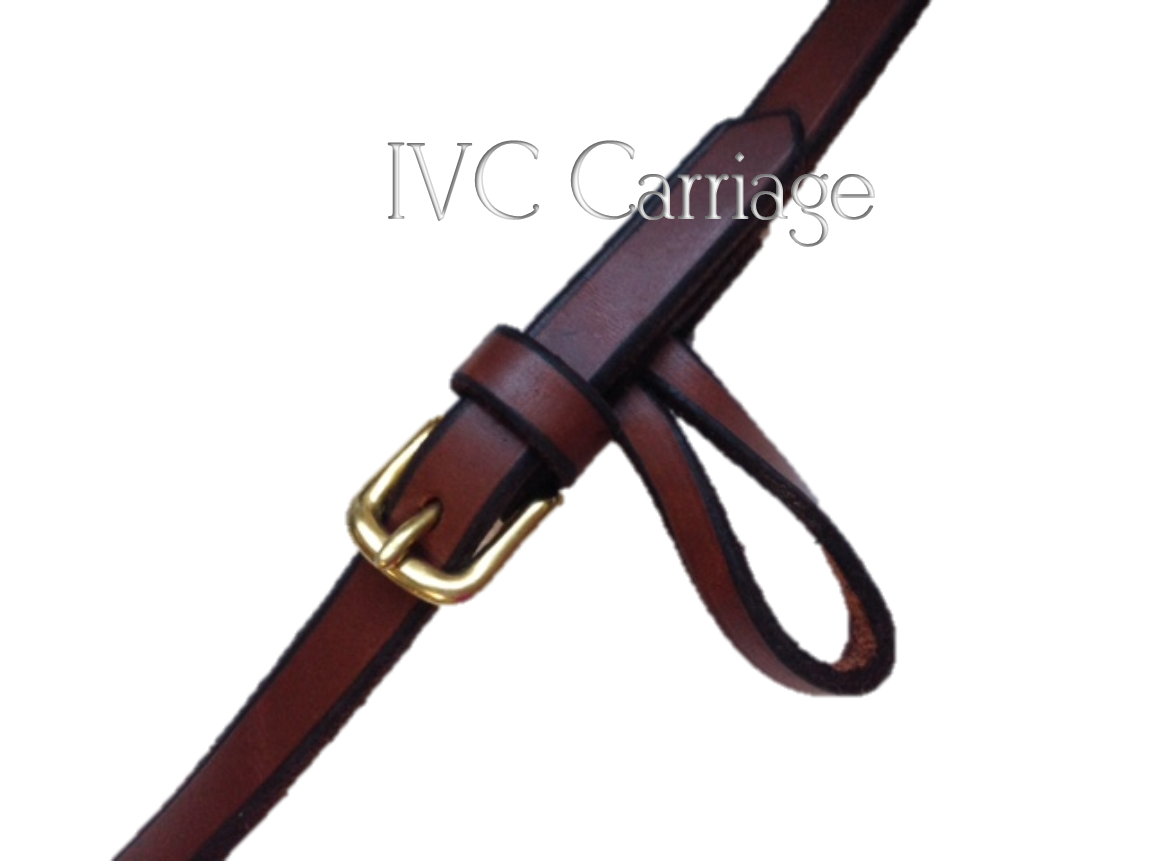
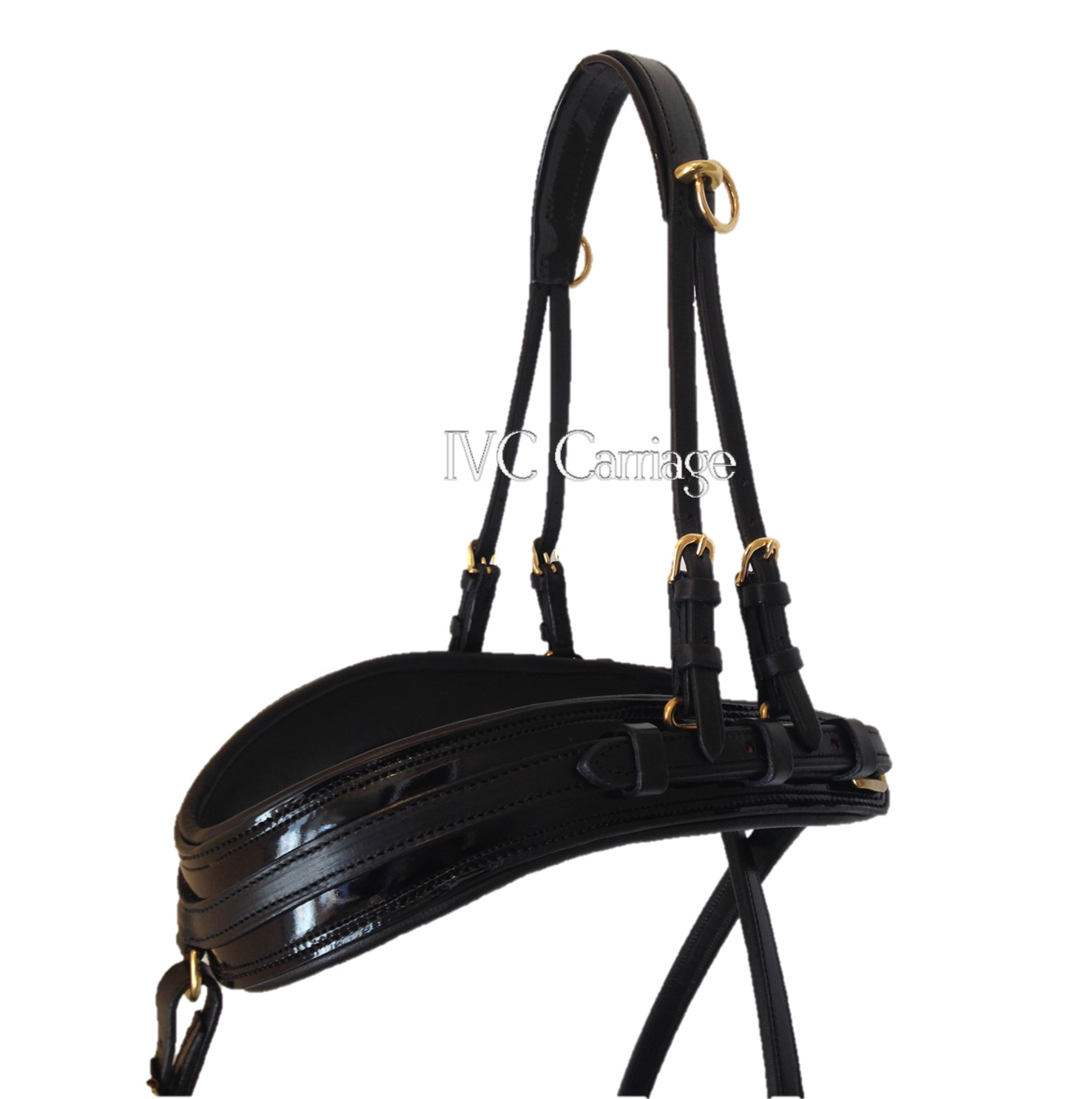
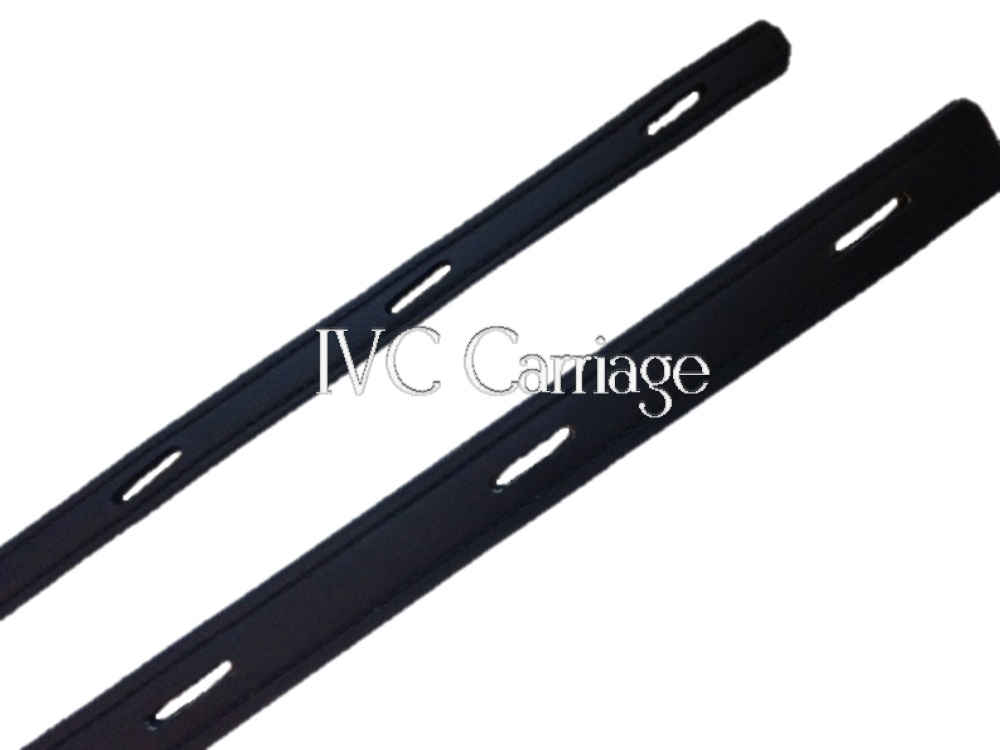
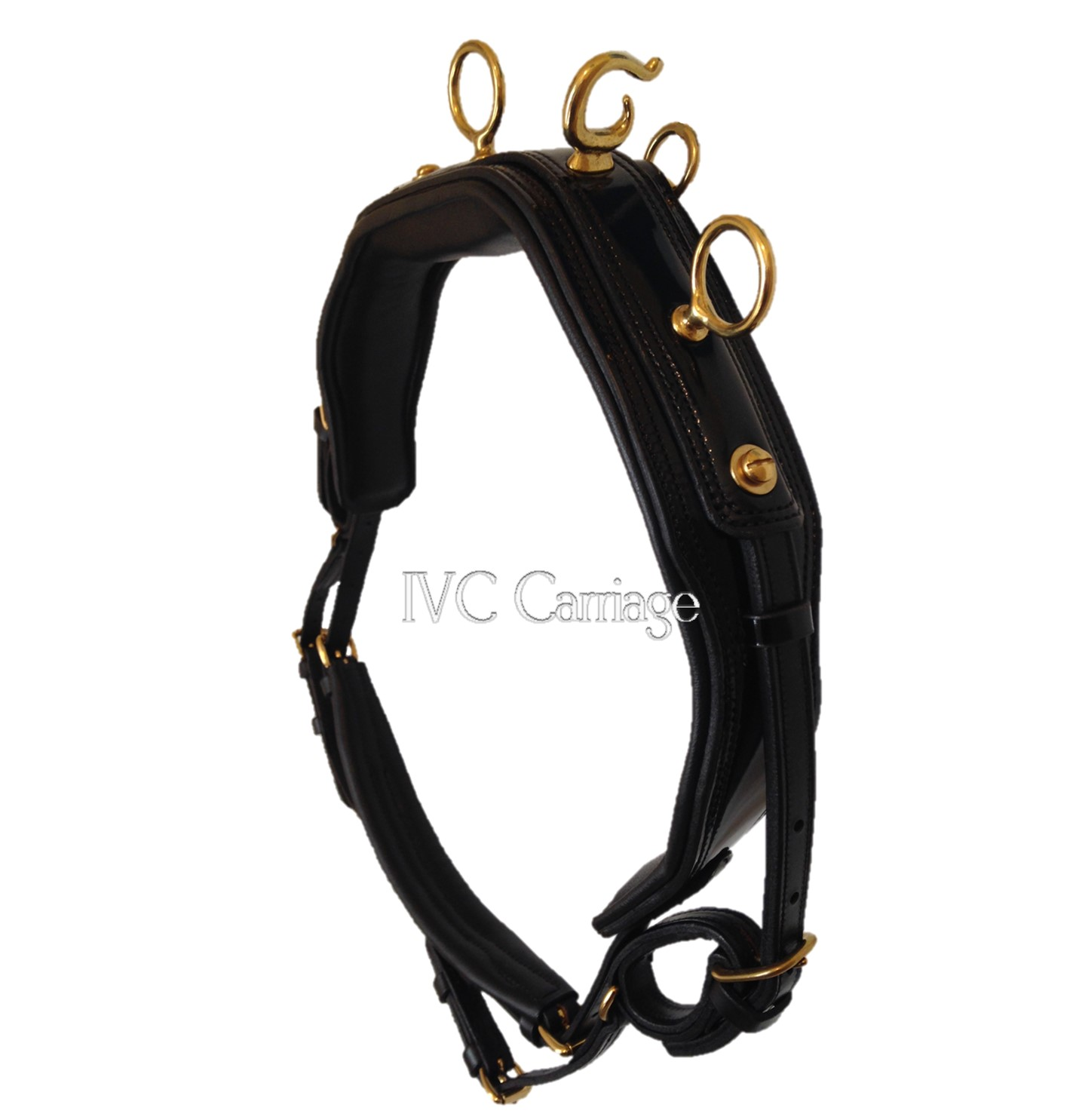
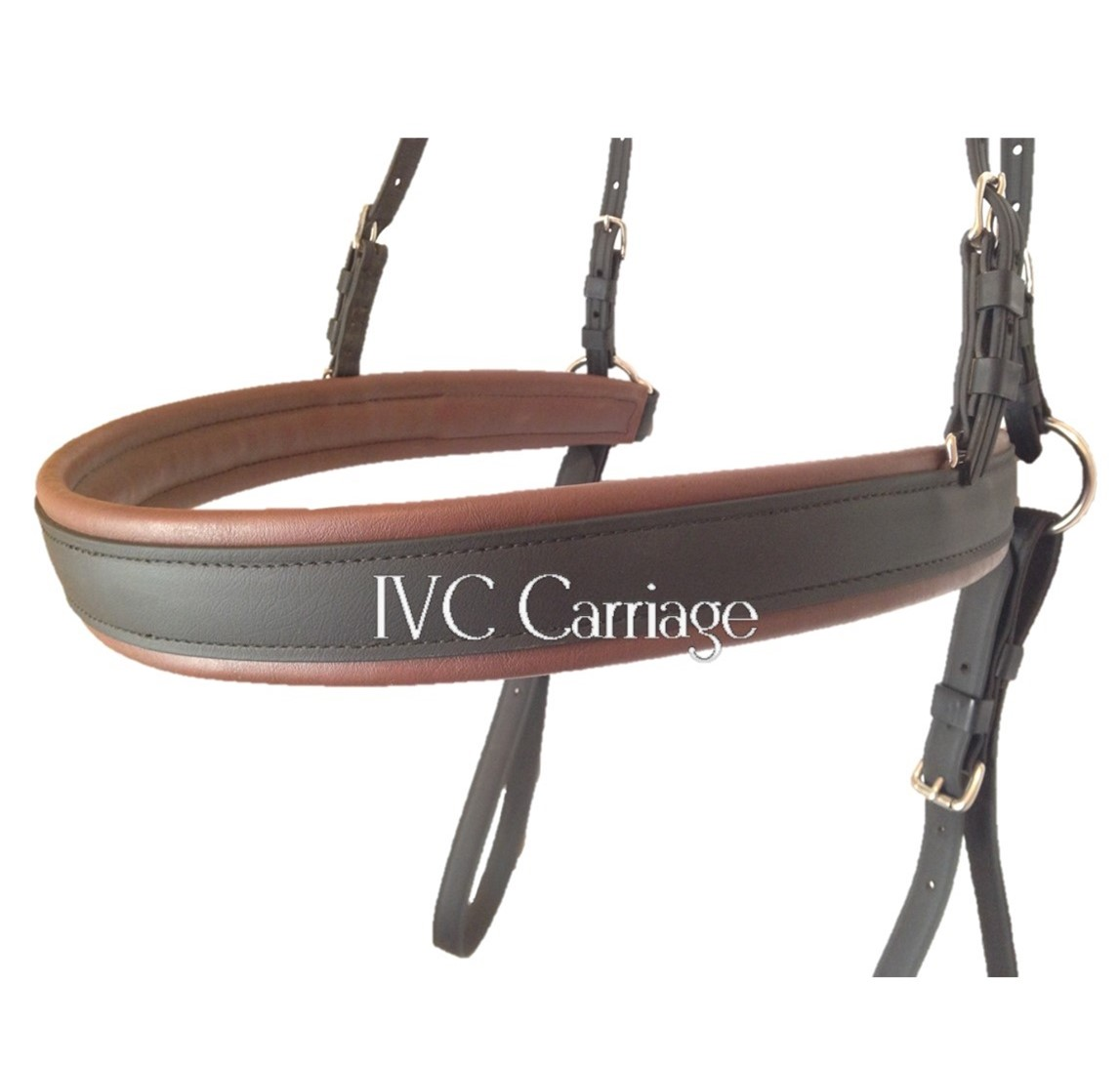
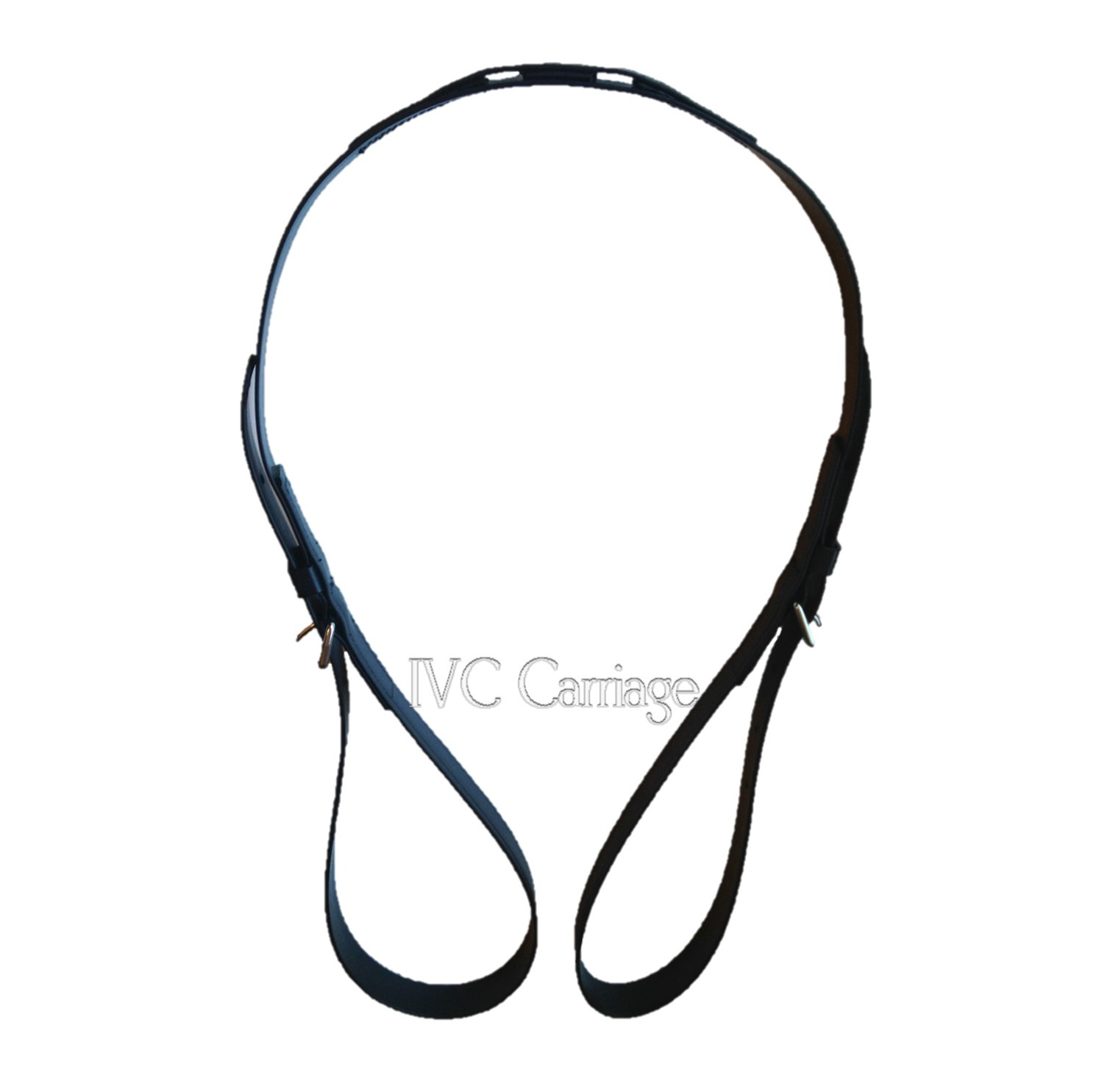
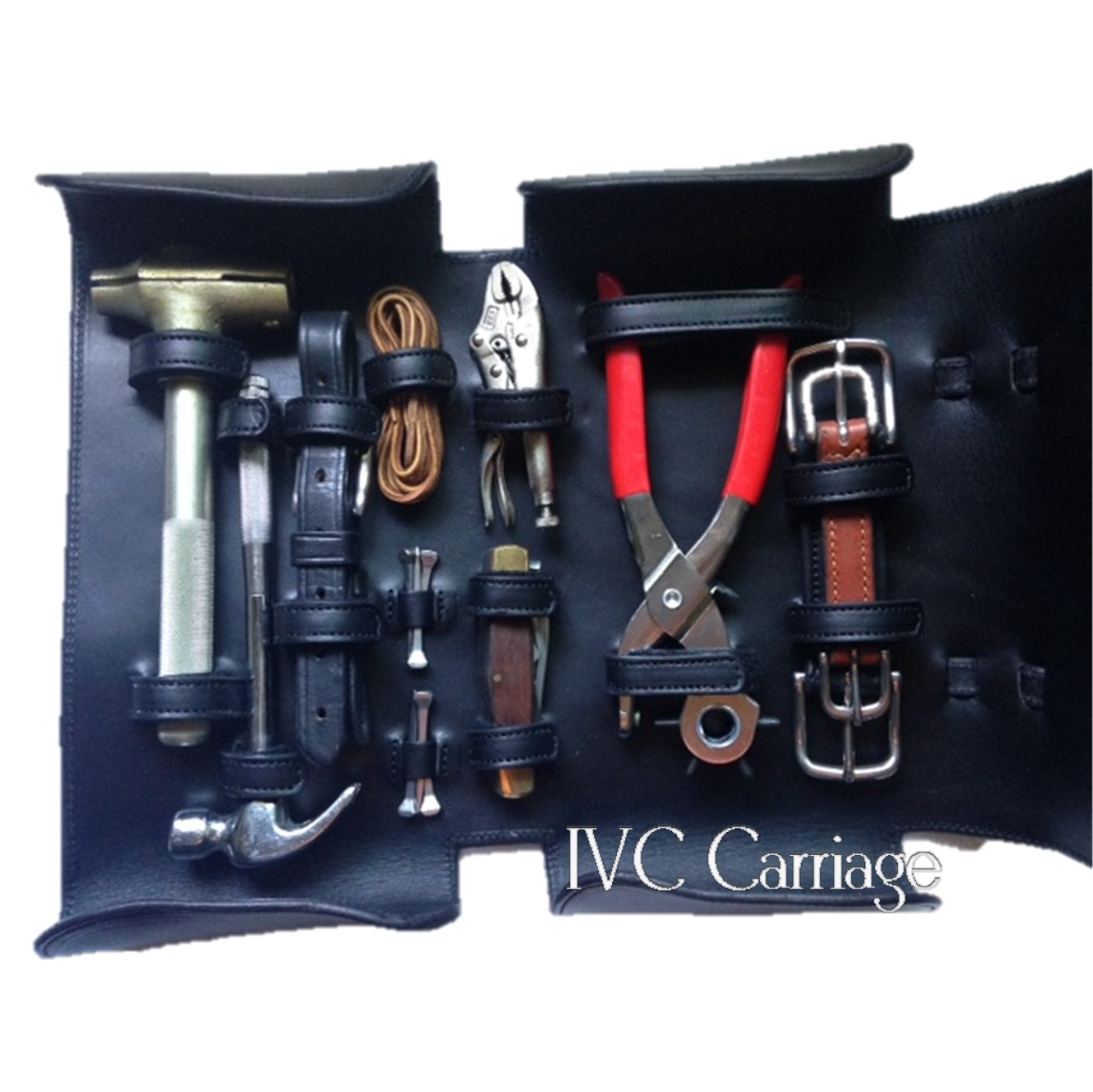

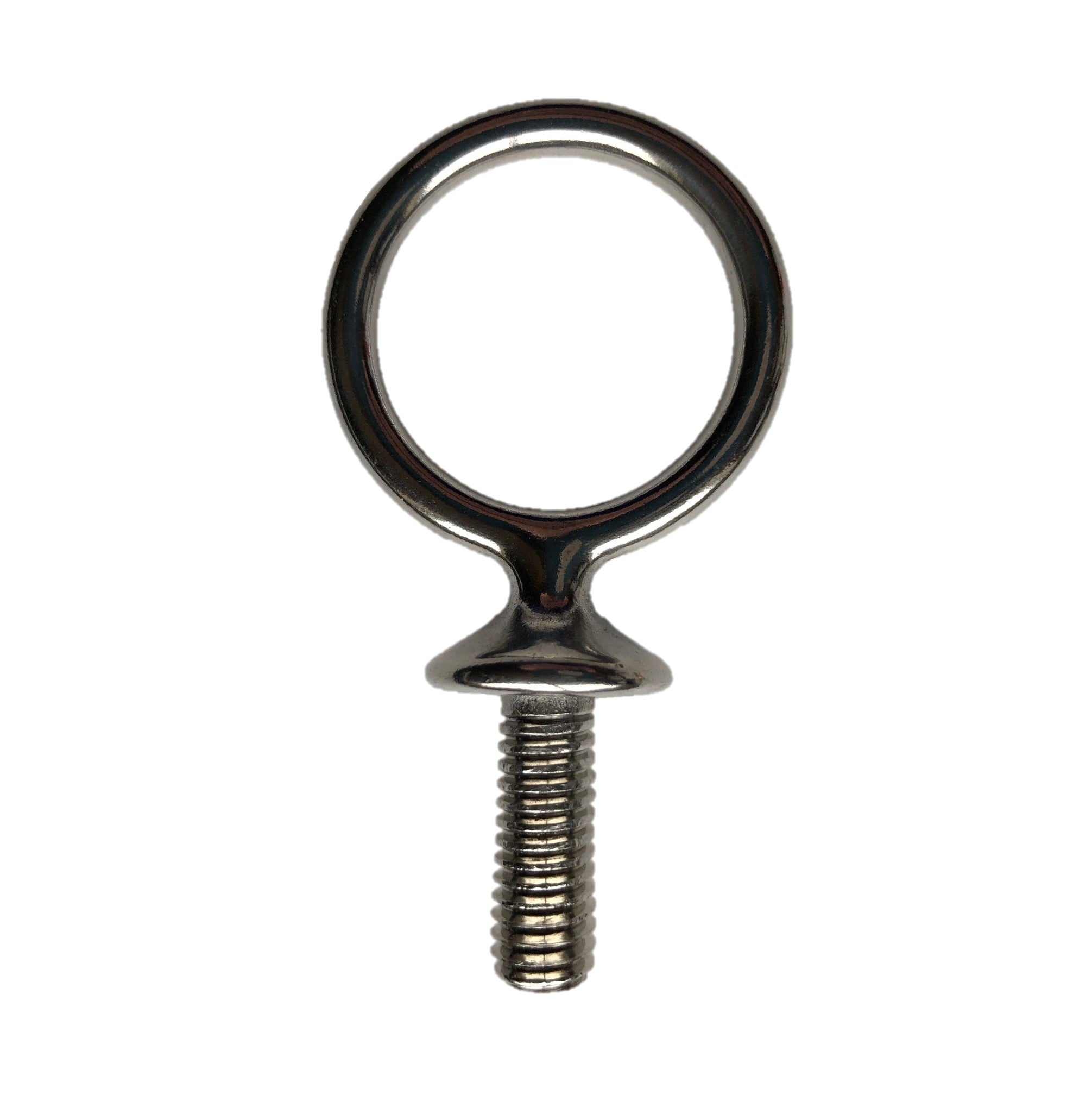
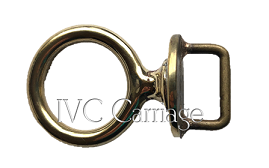
3 comments
Joanna Beazley Richards
Thank you.
I am a competition horse pair carriage driver by background, and have learned to drive little ponies. iI have four pretty little ponies, a smart Hartland Pleasure sport carriage, and some good leather full collar harness. I am encouraged by a Minta Winn
Rupert Nbarnard and zHelen Bidges to look at showing, and at almost 76, I take their point. On Sunday, I am attending a day with Antonia Gallop on showing. Your article helped!
Joanna Beazley Richards
Thank you.
I am a competition horse pair carriage driver by background, and have learned to drive little ponies. iI have four pretty little ponies, a smart Hartland Pleasure sport carriage, and some good leather full collar harness. I am encouraged by a Minta Winn
Rupert Nbarnard and zHelen Bidges to look at showing, and at almost 76, I take their point. On Sunday, I am attending a day with Antonia Gallop on showing. Your article helped!
J D
Thank you wonderful advice! I hope people read and follow your suggestions.